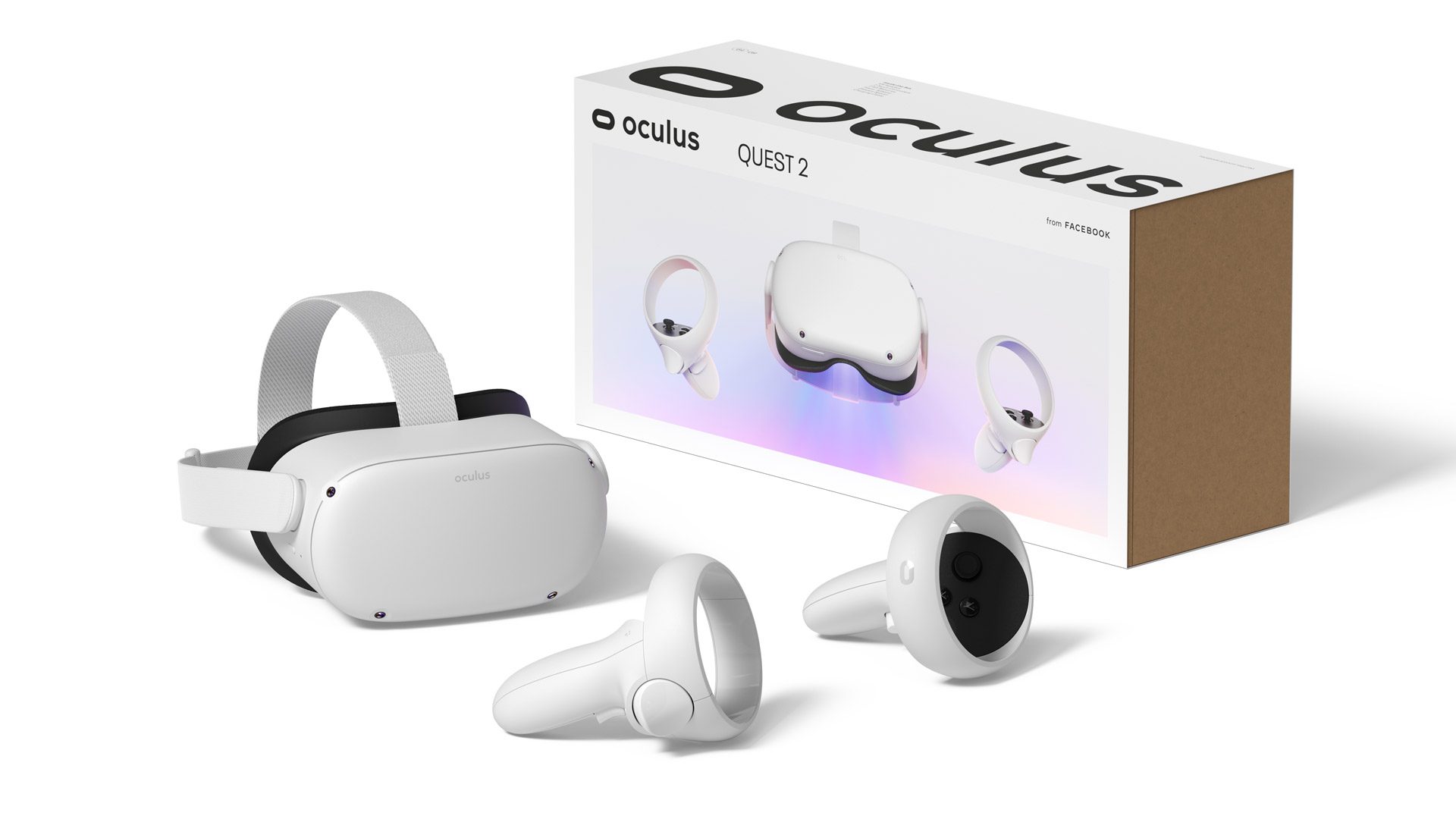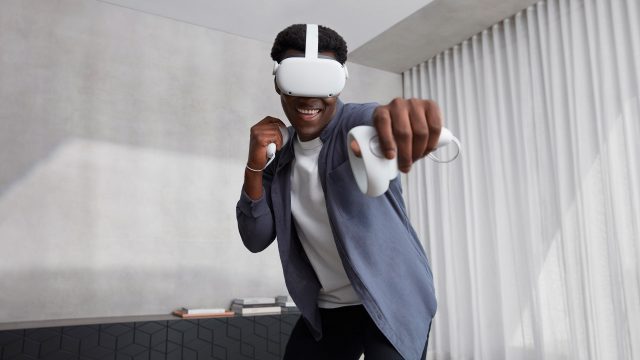Qualcomm held an investor event earlier this week where the company claimed that its partnership with Meta (formerly Facebook) had seen over 10 million Oculus Quest 2 units shipped since its launch in October 2020. Not so fast though: Qualcomm now says the 10 million unit figure was a third-party estimate and “wasn’t meant as an official disclosure of sales numbers by Meta or Qualcomm.”
Update (November 18th, 2021): In a statement provided to Road to VR, Qualcomm has clarified that the previously mentioned 10 million unit figure was the result of an estimate calculated using third-party data. Here’s the statement in full:
“During Qualcomm’s Investor Day event, CEO and President Cristiano Amon highlighted the momentum of the XR business and stated that Quest 2 has shipped an estimated 10 million units,” a Qualcomm spokesperson told Road to VR. “This number is an average of third-party market size estimates from industry analysts, and wasn’t meant as an official disclosure of sales numbers by Meta or Qualcomm. Snapdragon XR Platforms power over 50 commercial devices, including Quest, and Qualcomm’s early investments have established Snapdragon as the platform of choice for connecting physical and digital spaces.”
It’s important to note that Qualcomm knows precisely how many Snapdragon XR2s it’s sold to Meta, and it’s reasonable to infer that if the company feels confident in standing behind third-party data, then that number may not be too far off from the reality of things.
The original article follows below detailing the Qualcomm CEO Cristiano Amon’s original statement from its Investor Day event.
Original Article (November 17th, 2021): We’ve seen figures in the past that suggested Meta’s latest standalone headset was doing very well—possibly putting it at three times the adoption rate of Sony’s PSVR—but it was still unclear precisely how big of an impact Quest 2 had on the industry overall.
Now Qualcomm has quantified Quest 2’s success, noting that Meta has crossed over the 10 million unit mark.
“I remember talking about XR before it was popular a few years ago, and we’re very excited about our position right now,” said Qualcomm CEO Cristiano Amon on stage at the event. “And I’ll point you out that this is already starting. Oculus Quest 2 was 10 million units, and the success of Oculus Quest 2 had an impact on the company that is providing [it].” (see update)


Qualcomm is a close partner with Meta, having produced the Snapdragon XR2 chipset that drives Quest 2, as well as the Snapdragon 835 inside the original 2019-era Oculus Quest, making it likely the only company besides Meta to have such data.
And that’s pretty big for Meta. Back at Connect 5 in 2018, the company’s annual XR developer conference, Meta CEO Mark Zuckerberg explained that he believed that 10 million VR users on a single platform was an important milestone for the company to reach in order to make a sustainable ecosystem for VR developers.
“That’s the threshold where the number of people using and buying VR content makes it sustainable and profitable for all kinds of developers,” Zuckerberg said. “And once we get across this threshold, we think that the content and the ecosystem are just going to explode. Importantly, this threshold isn’t 10 million people across all different types of VR. Because if you build a game for Rift, it doesn’t necessarily work on Go or PlayStation VR. So we need 10 million people on [one] platform.”
Crossing that 10 million unit threshold may be part of the reason the company has suddenly placed so much emphasis on building out the metaverse—and changing its name from Facebook to Meta in the process. Granted, that’s ownership, not usership.
Whatever the case, unless Meta plans to produce its own in-house silicon, Qualcomm will very likely be there for the ride as Meta continues to reach for a yet larger userbase as its future mixed reality headset Project Cambria and AR glasses Project Nazare come into focus. Notably, Qualcomm’s says it offers “50+ designs” for its Snapdragon XR chipsets, integrating into headsets such as HTC Vive Focus 3, Pico Neo 3, and Lynx MR-1.

